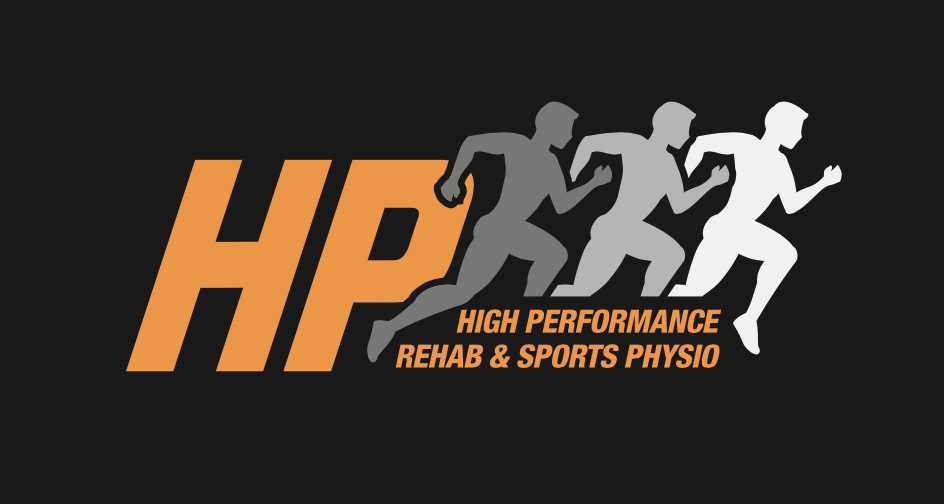Have you been told by a physio to complete a ‘return to run’ program before returning to sport?
This article will answer all your return to run program questions including:
· What it is?
· Why it is important?
· When it is appropriate?
· What should it include?
· How long should it last?
What is it?
A return to run (RTR) program is a series of running progressions that aims to prepare the athlete returning from injury for the demands of a running based sport. As such, a well-designed return to running program should:
1. Consider the injury and the demands of the sport
2. Restore efficient running mechanics
3. Ensure the athlete is appropriately prepared for the running demands of a running based sport
Why is it important?
A RTR program is important for two main reasons:
1. Running is often either the cause or a contributing factor to why the initial running related injury occurred. Efficient running technique has been shown to both improve performance and reduce the risk of running related injuries therefore efficient running shoulder be restored prior to returning to sport.
2. Running is a potent stimulus on the body with 5-8 x bodyweight load shown to be absorbed by the body during running. As such, running must be restored gradually while respecting principles of recovery and tissue adaptation. If you return to running too quickly after an injury you may be at risk of sustaining a subsequent or recurrent injury.
When is it appropriate?
A RTR program is appropriate for any injury where the athlete is required to run as part of their sport. For example, an ACL injury in a soccer player, a hamstring injury in a rugby player or a stress fracture in a netball player should all progress through some form of a RTR program due to the running based nature of these respective sports.
What should it include?
A RTR program should be designed based on the specific injury and the demands of the sport that the athlete is returning to. In saying this, RTR programs should generally include components of each of the following areas:
1. Warm Up - Goals of this phase are to raise the core body temperature and increase blood flow to working muscles. Example: Slow jog 2 x 1:00
2. Dynamic mobility - Goals of this phase are to increase range of motion at key areas of the body specific to running i.e. hip, lumbar spine, hamstring. Example: Leg swings, dynamic lunge, hamstring sweep.
3. Activation - Goals of this phase are to teach the athlete to effectively activate key muscle groups in running specific positions i.e. calf / achillies, glute, hamstring, trunk. Examples: Skipping, wall drills, step to base drills
4. Running mechanics - Goals are to expose the athlete to efficient running positions and postures and to practice efficient running mechanics in low load cyclical drills. Examples: A skip, A run + progressions
5. Running content
a. The specific content of a return to run program is based off the injury and demands of the sport that the athlete is returning to.
b. When planning content of a return to run program the physiotherapist should consider the following categories and program according to their importance to the individual’s sport:
i. Straight line running
ii. Change of direction (COD)
iii. Agility
iv. Acceleration / deceleration
v. Sprinting
vi. Conditioning
vii. Sport specific drills
c. In addition, the physiotherapist should monitor the overall volume of running particularly the volume and intensity of high-speed running to ensure loads are progressed appropriately.
How long should it last?
There is no set length of time that an athlete should complete a RTR program for. The duration of a RTR program should be made with the athlete, the physiotherapist and the sporting coach on a case by case basis considering tissue healing time frames and return to sport goals. Enough time should be allowed for the injured tissues to adapt to the demands of running and to allow adequate time for motor learning to occur between sessions.
Hot Topic - Can a RTR Program improve running mechanics
There is currently no consensus on whether running drills in training change running mechanics during competition. It is likely that we can influence running mechanics to some extent but that each athlete will use their own adaptive strategy during competition given individual, environmental and contextual constraints.
Summary
A return to run program is an important part of an athletes return to play process. Supervised return to run programs aim to improve an athlete’s running efficiency which both improves running performance and reduces the risk of subsequent or recurrent running related injuries.
Written By Sport Physio Cameron Dyer
